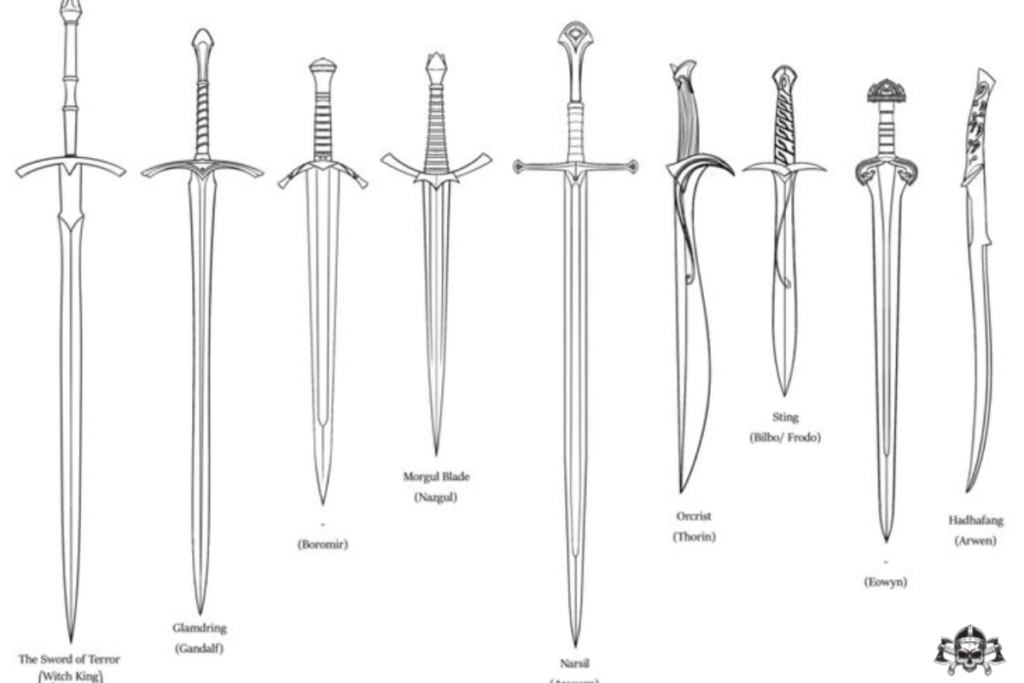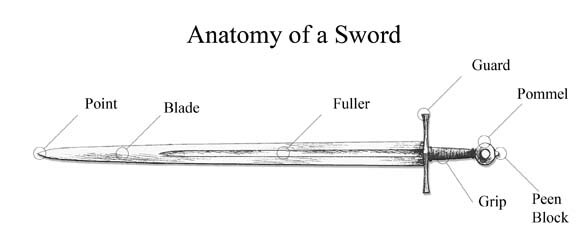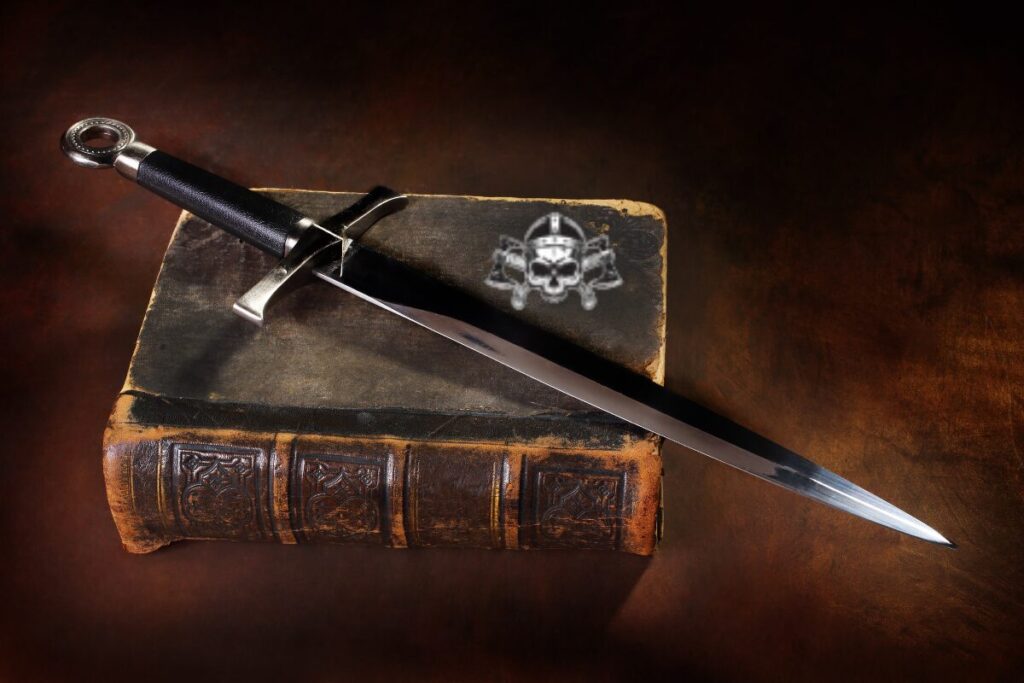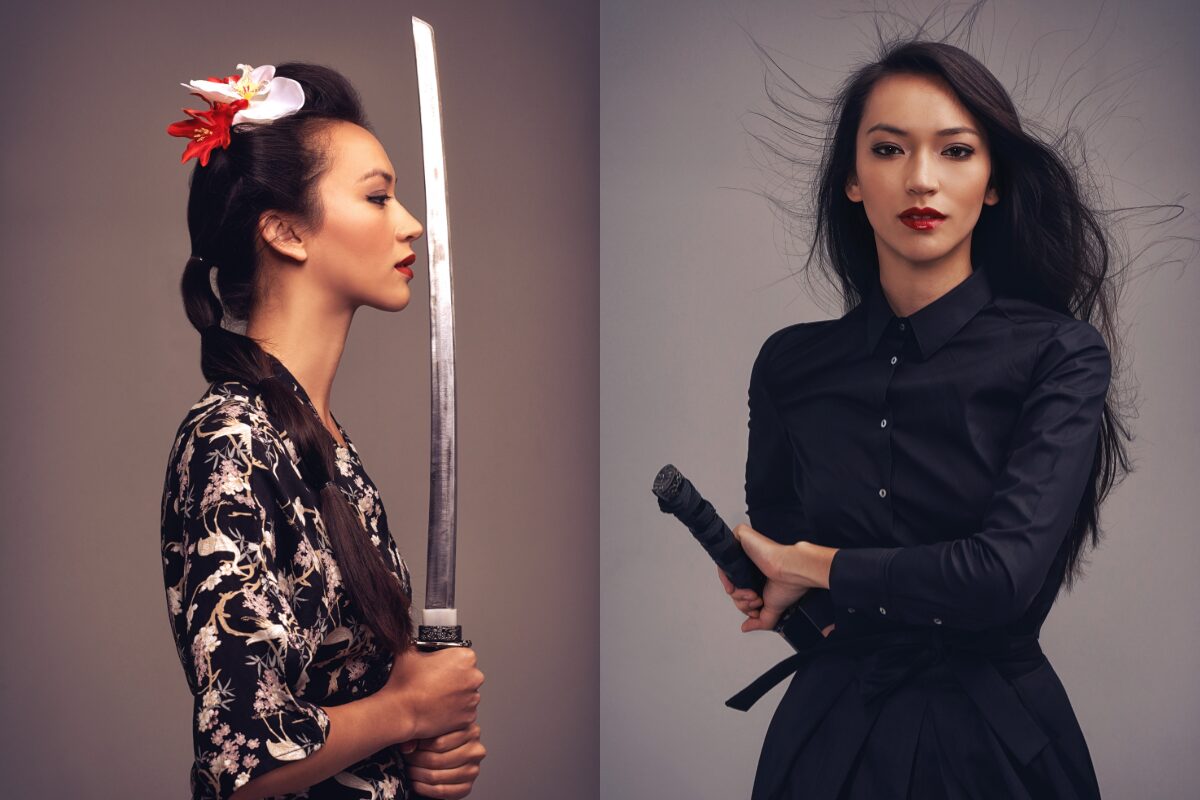- Free Shipping and 100 days free returns.
Swords have always captivated people because they combine art, skill, and history. Swords have captivated our attention for generations, from the sleek elegance of a Japanese katana to the myths surrounding King Arthur’s Excalibur. This tutorial covers the history, types, and fundamentals of blade ownership and upkeep to expose novices to the world of swords.
VikingGear brings you The Ultimate Beginner’s Guide to Sword Types, History, and Basics. Explore the fascinating world of swords, where history and skill collide. This guide provides a thorough introduction for beginners to a variety of swords, from the renowned Japanese katana to the fabled European longsword. Set off on your adventure to learn the mysteries of these ageless weapons.
Swords have a long history that began during the Bronze Age when these recognizable weapons were first developed. They were originally made of bronze, but as metallurgy advanced, they changed. The discovery of iron and steel led to tremendous advancements in the early development of swords.
Sword traditions were quite popular in Asia; two examples of them are the Chinese jian and the Japanese katana. These swords served as both weapons and representations of artistry and cultural legacy.
Throughout Europe, the Viking sword was well-known for its durable construction and combat efficiency. Its evolution followed the same pattern as Asian swords, demonstrating a common human inventiveness in the creation of weapons. These various customs demonstrate how the Viking sword has endured throughout history.
The greatest Viking sword, known as the Ulfberht, was the pinnacle of high-quality workmanship and cutting-edge metallurgical methods at the time. The Ulfberht sword was an incredibly balanced and well-made weapon that proved deadly in combat. These swords were extremely valuable to the Vikings because of their strength and efficiency, which made them quite rare. The Ulfberht is still revered in both historical and contemporary contexts as a representation of Viking inventiveness and combat skills.
Anime swords, such as the iconic katana from “Samurai Champloo” or the massive Buster Sword from Final Fantasy VII,” captivate fans with their unique designs and legendary abilities. These anime swords embody the thrilling blend of fantasy and martial arts.
Angel swords, divine weapons wielded by celestial beings, possess ethereal power and purity. In lore, angel swords are often depicted as radiant blades, imbued with the ability to conquer darkness and protect the heavens.
A tactical sword is a multipurpose weapon for both survival and combat because it blends old-world craftsmanship with contemporary functionality. A tactical blade is built to perform well in a variety of tactical situations with an emphasis on accuracy and robustness.



Selecting your first katana is a fascinating exploration of workmanship and history. A Viking axe offers a special fusion of practicality and symbolism for individuals who are drawn to Norse culture. But while exploring the world of actual knives, it’s crucial to take things like blade composition, handle comfort, and intended application into account. Beginners usually choose a balanced and adaptable sword, such as a Japanese katana, known for its accuracy and sharpness, or a typical European arming saber.
Furthermore, it’s critical to recognize the distinction between functional and ornamental weapons; whereas ornamental blads may be exquisite to look at, they lack the robustness and edge retention of their practical counterparts. Ultimately, choosing your first sword is a very personal choice that represents your interests and admiration for martial history, regardless of whether you’re drawn to the tough elegance of a Viking axe or the exquisite craftsmanship of a katana.

Learning swordsmanship is similar to learning any other martial art in that it takes commitment, practice, and the right instruction. A swordsman needs the correct equipment and methods to improve their talents, just as a chef needs the best set of kitchen knives to make culinary marvels. Learning swordsmanship is a difficult yet worthwhile path that progresses from mastering fundamental stances and footwork to mastering more complex strikes and parries. Learning to use a sword with grace and control is akin to using a pizza cutter to cut through the thinnest crust with accuracy. To start your training, look for respected mentors or schools, and keep in mind that persistence and patience are essential for developing into a proficient swordsman.
Swords have a rich history, a diverse range of uses, and exquisite craftsmanship. Every sword has a unique narrative to tell about its culture and era, from the powerful European longsword to the graceful Japanese katana. The Cold Steel Viking Sword is a great place to start if you want to dabble in the world of blads. The Cold Steel Viking Sword, well-known for its superb craftsmanship and historical authenticity, captures the essence of the legendary Norse warriors.
A few things to keep in mind when selecting the ideal sword for your needs are purpose, substance, and price. There’s a great sword out there waiting for you, whether you’re a history buff, collector, or martial artist. And after you’ve discovered your blade, don’t forget to treat it with care through regular maintenance and careful storage.